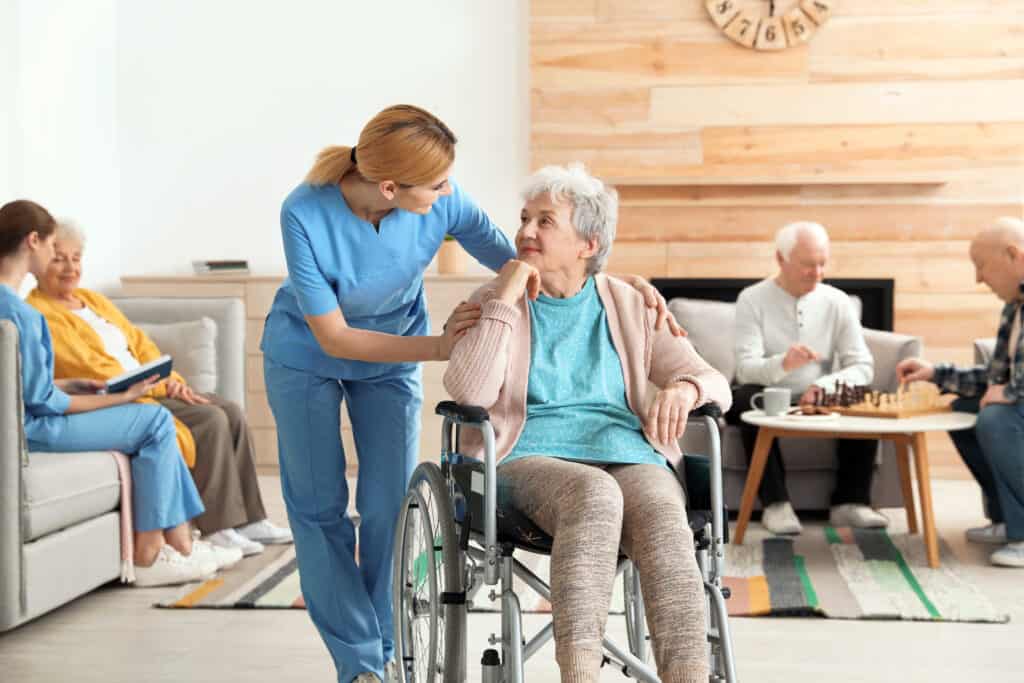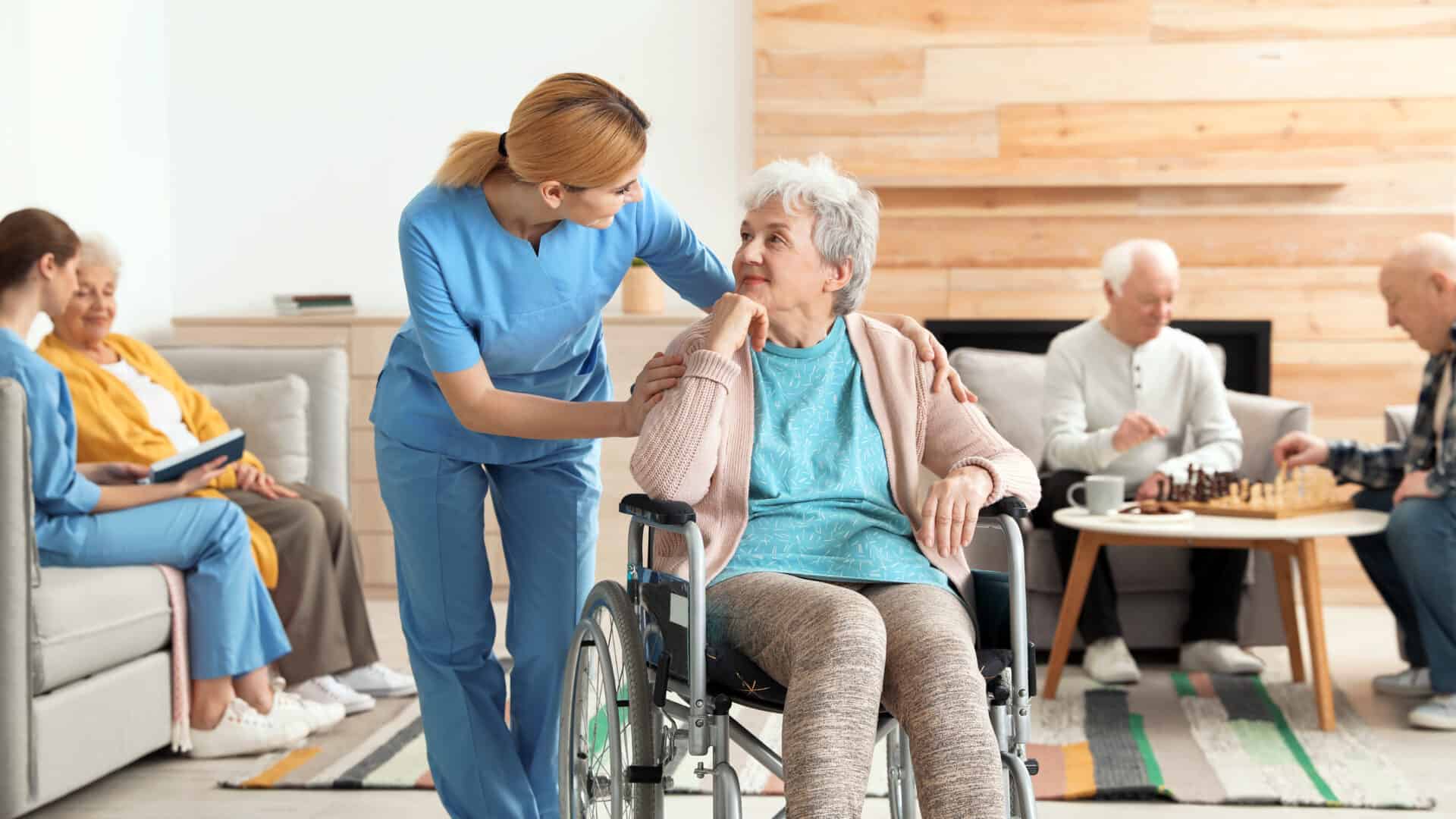Older people living in institutional environments have been found to have lower day time and higher night-time exposure light than counterparts living in the community and this is
linked to increased sleep disturbance (Schocat et al. 2000) . In addition, consider that at age
75, a person required 3 times the light, that a 45 year old needs to elicit the circadian
response (Turner & Mainster, 2008).
If Circadian Rhythm can be positively influenced, then persons might be able to live more
independent lives for longer. In care homes, improved sleep patterns can help to reduce
challenging behaviour and improve staff morale.
Substantial improvement in sleep, among people with dementia in nursing homes, has been
reported when a light box was used for two hours in the morning (Fetveit et al., 2003).
Extract from: Light and lighting Design for People with Dementia, University of Stirling – Dementia Services Development Centre
 –
–